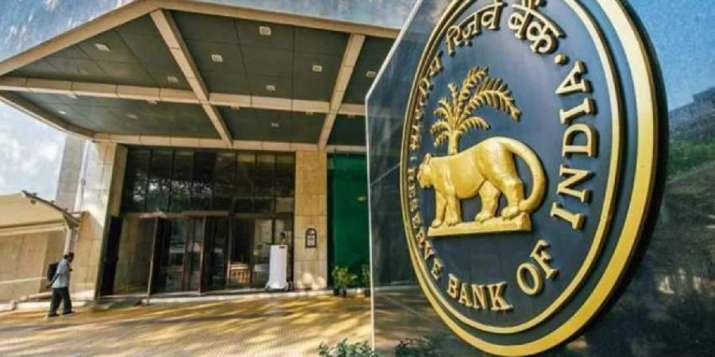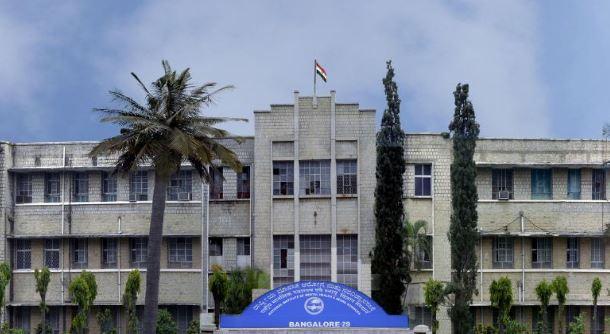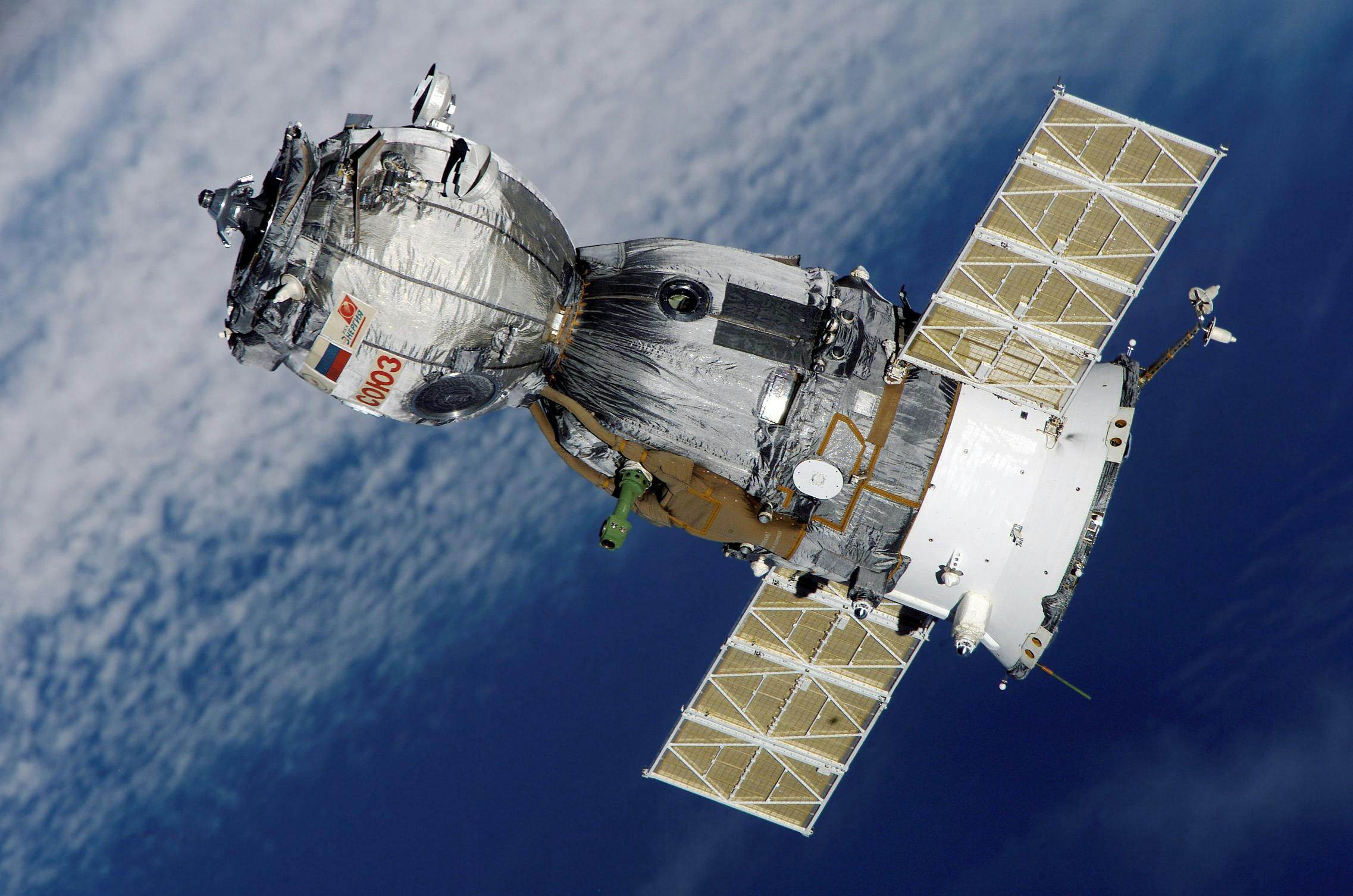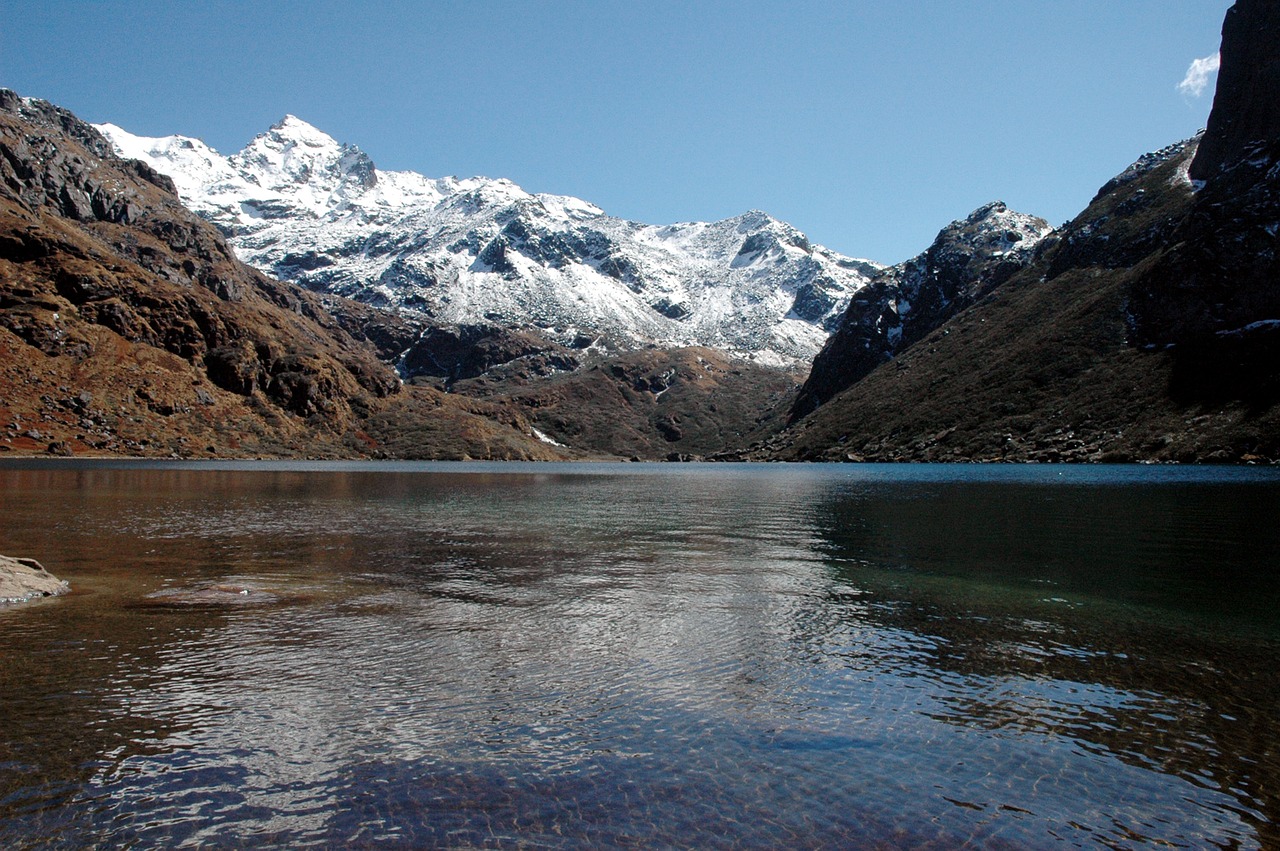Fukushima Water Issue
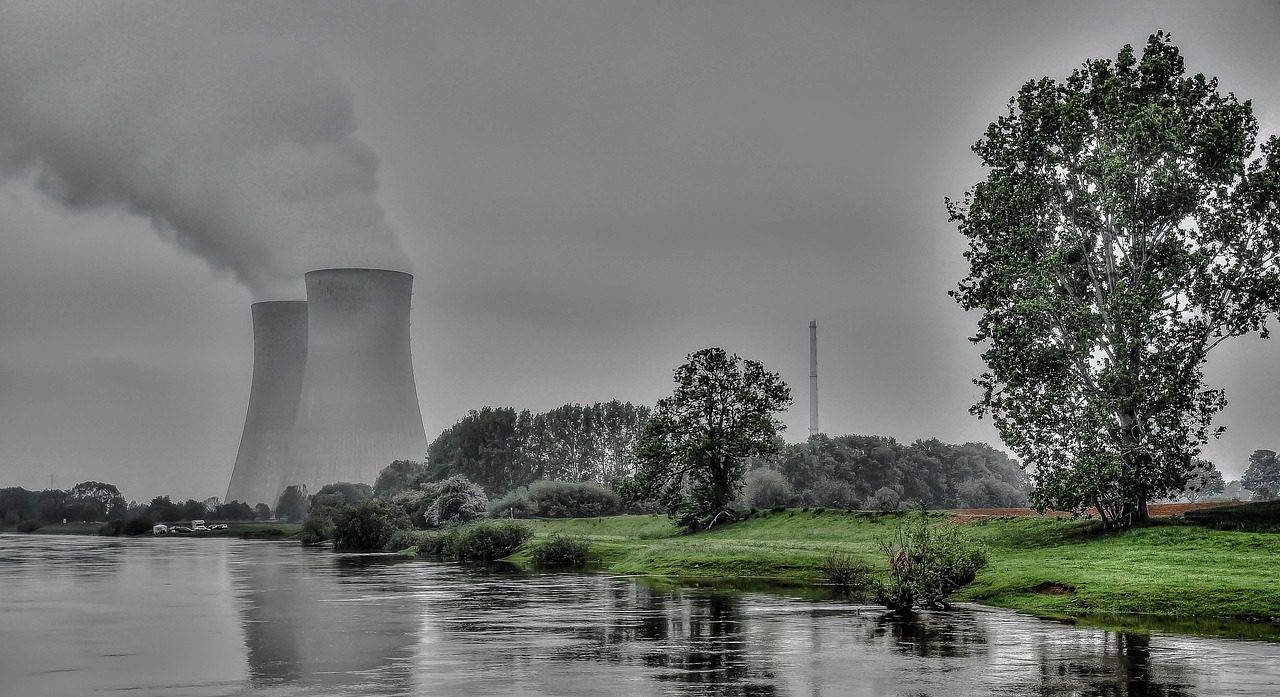
Background:
- The Fukushima Daiichi Nuclear power plant suffered a meltdown in 2011 after a massive earthquake and tsunami, releasing large amounts of radioactive materials into the environment.
- No deaths were initially attributed to the incident, although around 18,000 people died due to the earthquake and tsunami.
- Since then, Japan has been storing the cooling water for nuclear fuel and rain and groundwater seeping through the damaged reactor buildings in large tanks on site.
- Soon then, Japan says it has no space to keep storing and releasing the water into the sea.
- The International Atomic Energy Agency (IAEA) is assisting Japan in releasing water into the sea by treating it with a filtering system called Advanced Liquid Processing System (ALPS), which removes most of the radioactive elements except for tritium, a hydrogen isotope that is difficult to separate.
Linkage:
- South Korea fears that the water release will contaminate its waters, salt and seafood, affecting its fishing industry and public health.
- The increased demand for salt in South Korea has led to a nearly 27% price surge, attributed to both stockpiling and external factors like weather and lower production.
- China has also criticised Japan’s plan, questioned its transparency and expressed concerns about the potential impact on the marine environment and global health.
Current News:
- Japan’s plan to release over 1 million tons of water, which is claimed to be treated but potentially radioactive, from the Fukushima nuclear power plant into the sea has sparked strong opposition and anxiety among neighbouring countries, particularly South Korea.
Impact:
- Potential environmental impact: Releasing over 1 million tons of treated but potentially radioactive water into the sea from the Fukushima nuclear power plant could have environmental consequences. While Japan claims the water will be treated, there are concerns about the effectiveness of the treatment process and the potential presence of radioactive materials.
- Economic implications: The decision to release the treated water into the sea could have economic repercussions for Japan and neighbouring countries. There is potential damage to the fishing and seafood industries, as consumer confidence may decline due to concerns about the safety of seafood from the affected region. Additionally, the tourism industry in the area could be negatively impacted, as travellers may avoid visiting areas perceived to have radioactive contamination.
- Diplomatic tensions: The plan to release the water has sparked strong opposition and anxiety among neighbouring countries, particularly South Korea. The move has strained diplomatic relations and further heightened tensions between Japan and its neighbours. The lack of trust and communication surrounding the issue has led to increased friction and disputes between the countries involved.
- To address the concerns and minimize the potential impact, it is crucial for Japan to establish robust and transparent environmental monitoring programs. Continuous monitoring of radiation levels in the water, marine life, and affected areas is essential to ensure early detection of any potential problems and to inform appropriate mitigation measures. Collaborative efforts between Japan and neighbouring countries in sharing information and conducting joint monitoring can help build trust and address shared concerns.


